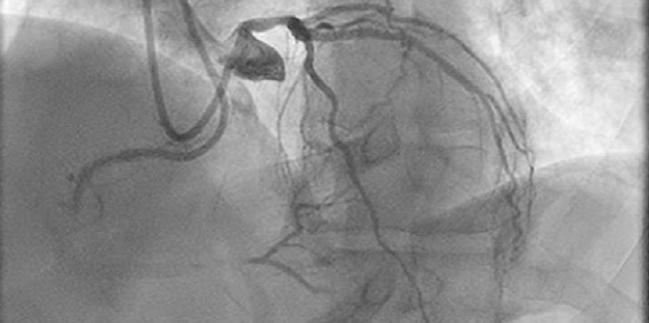
Patients Commonly Get High Radiation Doses During CTO PCI
Patients Commonly Get High Radiation Doses During CTO PCI https://csuiteold.c-suitenetwork.com/wp-content/uploads/2017/11/patients-commonly-get-high-radiation-doses-during-cto-pci.jpg 649 323 C-Suite Network https://csuiteold.c-suitenetwork.com/wp-content/uploads/2017/11/patients-commonly-get-high-radiation-doses-during-cto-pci.jpgCertain clinical and angiographic factors should serve as a reminder to pay more attention to radiation protection, investigators say.

ANAHEIM, CA—Even in the hands of experienced operators, PCI of a chronic total occlusion (CTO) often results in patients receiving high doses of radiation, a registry study shows.
Across multiple centers, 23% of patients who underwent CTO PCI received a high dose (greater than 5 Gy), Judit Karacsonyi, MD (VA North Texas Healthcare System and UT Southwestern Medical Center, Dallas), reported recently at the American Heart Association 2017 Scientific Sessions here.
She and her colleagues identified several clinical and angiographic factors that could help identify patients most at risk for receiving excess radiation, including higher body mass index, prior CABG, moderate/severe calcification, proximal cap ambiguity, and longer occlusion length.
“If we find patients who have these, we can predict that the patient is going to receive a higher dose so we can pay even more attention to radiation protection,” Karacsonyi told TCTMD. Efforts to enhance protection might include changes to fluoroscopy settings and use of various types of shielding for patients and operators, she said.
Concerns about radiation exposure should not discourage operators from performing CTO PCI when there is a clinical need for the procedure, Karacsonyi added. “Radiation protection is critical and really important, and we shouldn’t be afraid of this,” she said.
Substantial Variation Across Centers
…




